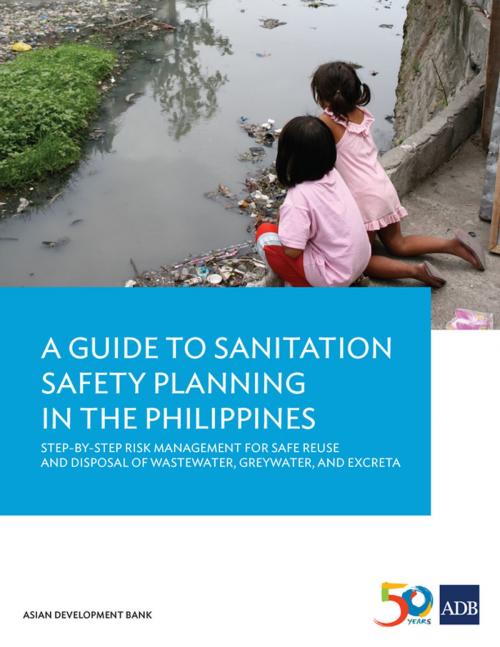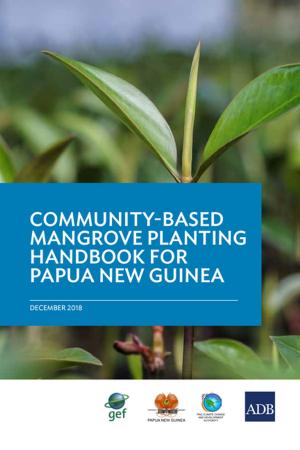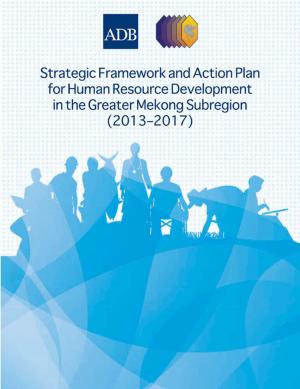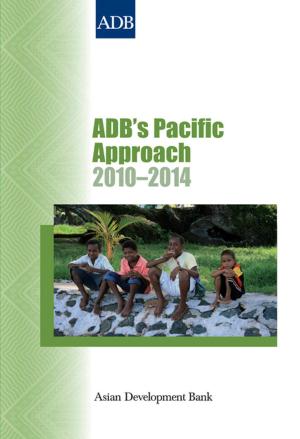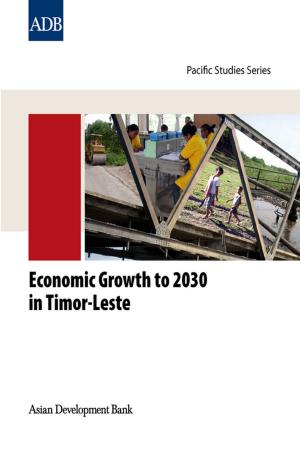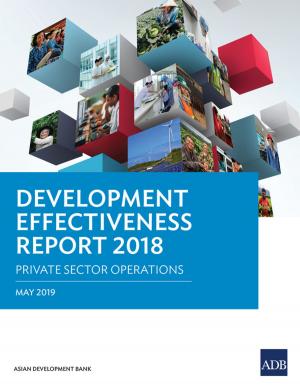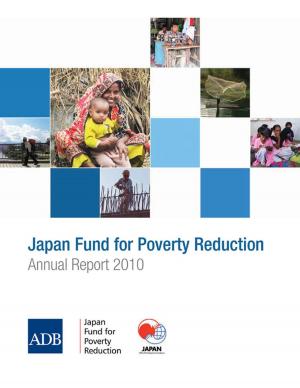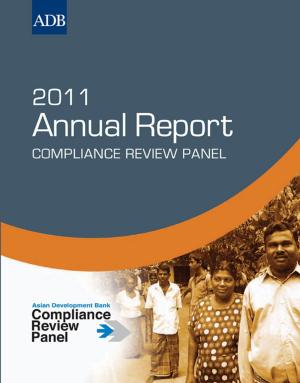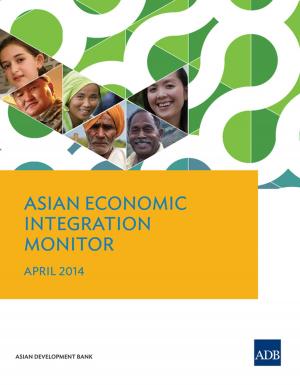A Guide to Sanitation Safety Planning in the Philippines
Step-By-Step Risk Management for Safe Reuse and Disposal of Wastewater, Greywater, and Excreta
Nonfiction, Science & Nature, Technology, Engineering, Environmental, Social & Cultural Studies, Political Science, Government, Public Policy| Author: | Asian Development Bank | ISBN: | 9789292576363 |
| Publisher: | Asian Development Bank | Publication: | December 1, 2016 |
| Imprint: | Asian Development Bank | Language: | English |
| Author: | Asian Development Bank |
| ISBN: | 9789292576363 |
| Publisher: | Asian Development Bank |
| Publication: | December 1, 2016 |
| Imprint: | Asian Development Bank |
| Language: | English |
Sanitation safety planning is a preventive risk management approach that identifies potential risks that may arise during the operation of a sanitation system, including waste collection, transportation and conveyance, treatment, disposal, and reuse. After the highest priority risks have been identified, an incremental improvement plan establishes control measures to ensure that no one in the sanitation chain is exposed to the hazards related to wastewater, greywater, and excreta. This guide describes a six-step process for sanitation safety planning in the Philippines, based on the experiences of pilot projects by two water service providers, Baliwag Water District and Maynilad Water Services, Inc.
Sanitation safety planning is a preventive risk management approach that identifies potential risks that may arise during the operation of a sanitation system, including waste collection, transportation and conveyance, treatment, disposal, and reuse. After the highest priority risks have been identified, an incremental improvement plan establishes control measures to ensure that no one in the sanitation chain is exposed to the hazards related to wastewater, greywater, and excreta. This guide describes a six-step process for sanitation safety planning in the Philippines, based on the experiences of pilot projects by two water service providers, Baliwag Water District and Maynilad Water Services, Inc.
